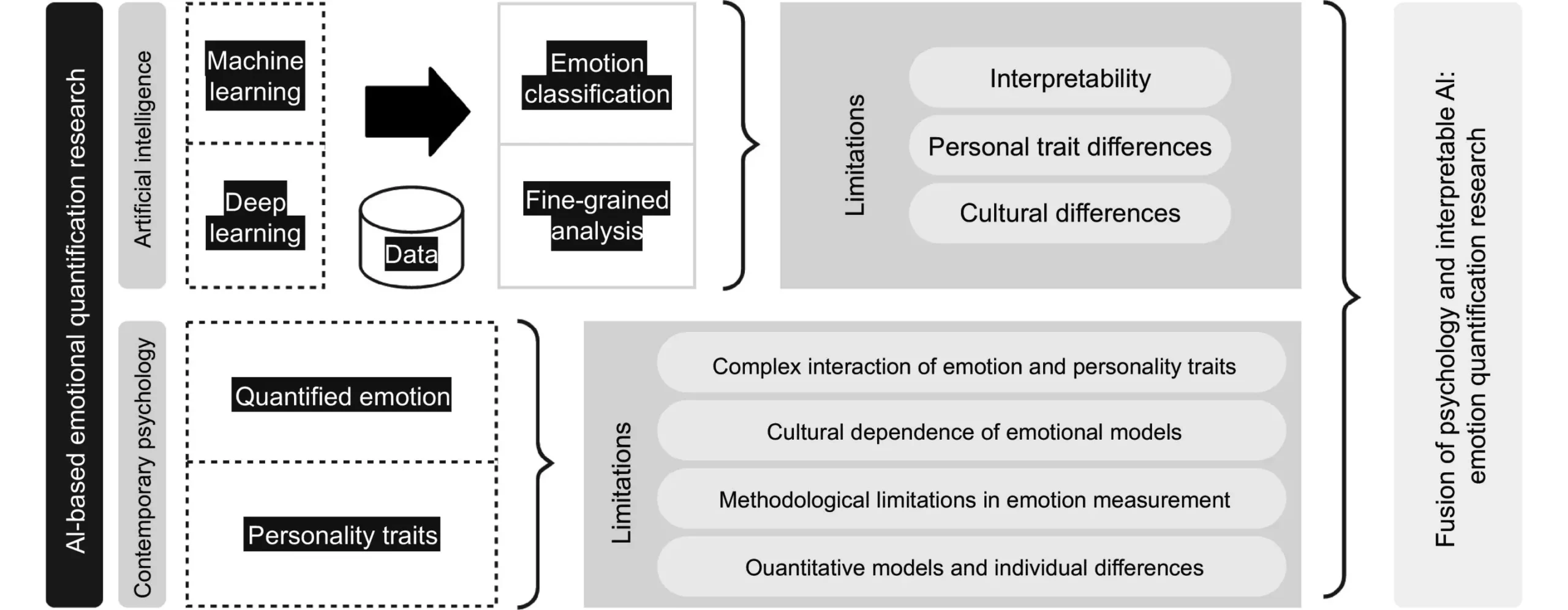Human emotions represent a vast and intricate web of feelings that often eludes even the most astute observers. While we all experience emotions regularly, accurately defining and quantifying these sensations has remained a daunting task. This difficulty is compounded when it comes to technology, particularly artificial intelligence (AI), which struggles to grasp the subtleties and varying natures of human emotional states. The recent surge in interest in emotion quantification technology is pointing the way towards promising possibilities that lie at the intersection of traditional psychological methods and innovative technological advancements.
Researchers are increasingly turning to AI to assist in understanding human emotions. The principle behind this venture is simple: fuse conventional psychology with machine learning to develop systems capable of recognizing and quantifying a range of emotional states. This integration holds substantial promise, potentially revolutionizing sectors such as healthcare and education by tailoring approaches to suit individual emotional needs. AI’s ability to analyze a vast array of data, ranging from visible facial expressions to physiological signals, can pave the way for a more nuanced understanding of emotional well-being.
Tools such as facial emotion recognition (FER), gesture recognition technology, and multi-modal emotional recognition are at the forefront of this evolution. Each of these technologies brings its strengths to the table. For instance, FER leans heavily on visual cues, while physiological metrics like heart-rate monitoring and EEG scans offer complementary insights into an individual’s emotional landscape. This multi-faceted approach enriches data interpretation, resulting in a more cohesive understanding of emotional states.
A significant theme emerging from recent studies is the critical need for collaboration across various disciplines. Combining inputs from psychology, computer science, and psychiatry could unlock new pathways in the quest for effective emotion quantification technology. Researchers like Feng Liu emphasize the importance of interdisciplinary cooperation as a vital ingredient for success, arguing that the complexities of human emotion cannot be accurately measured without expertise from multiple fields.
Such collaboration could serve as a foundation for creating systems that are not only more reliable and accurate but also sensitive to cultural and individual differences in emotional expression. As AI becomes better equipped to navigate these complexities, the potential applications grow exponentially—from monitoring mental health to enhancing customer service interactions.
As with any rapidly advancing technology, the development and implementation of emotion recognition systems necessitate careful thought around ethical implications. The sensitive nature of emotional data makes it paramount that stringent safety and privacy protocols are established. Organizations employing this technology will need to adhere to high standards of data handling to protect individuals’ feelings and experiences.
Furthermore, as these systems are integrated into essential services, they must prioritize transparency and user confidence. A potential concern arises regarding AI’s ability to accurately reflect the diverse emotional expressions across different cultures. Thus, adapting AI algorithms to cater to these variations will be crucial, ensuring that the technology is both effective and respectful.
The ultimate goal of harnessing AI for emotion recognition isn’t simply to accumulate data; it is to enhance individual experiences and foster a better understanding of mental health. The drive for personalized interactions can lead to more effective treatment and support mechanisms that cater to specific emotional needs, all while minimizing the burden of interpersonal entanglement.
With mental health concerns on the rise, infusing emotion quantification technology into mental health monitoring tools could significantly benefit countless individuals. The potential for real-time adjustments to interventions based on emotional feedback could transform how we approach mental wellness.
The journey towards comprehensive emotion quantification must be underpinned by ethical principles, interdisciplinary collaboration, and a commitment to cultural sensitivity. By braiding the threads of human emotion with technological advancements, we may well redefine our understanding of emotional well-being for generations to come.


Leave a Reply